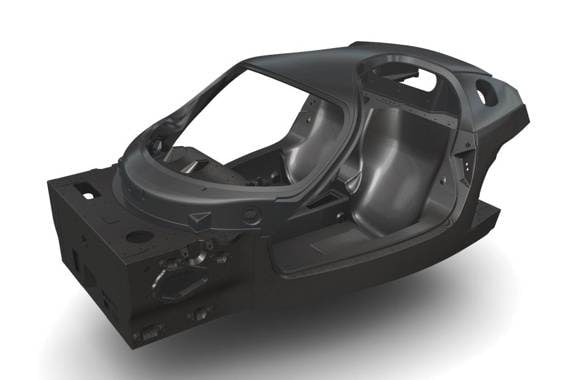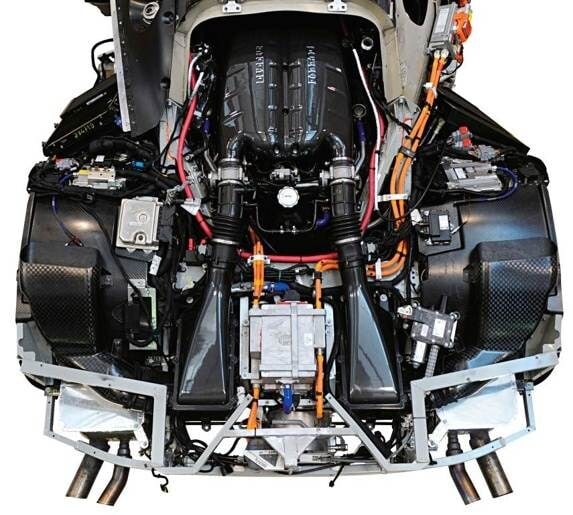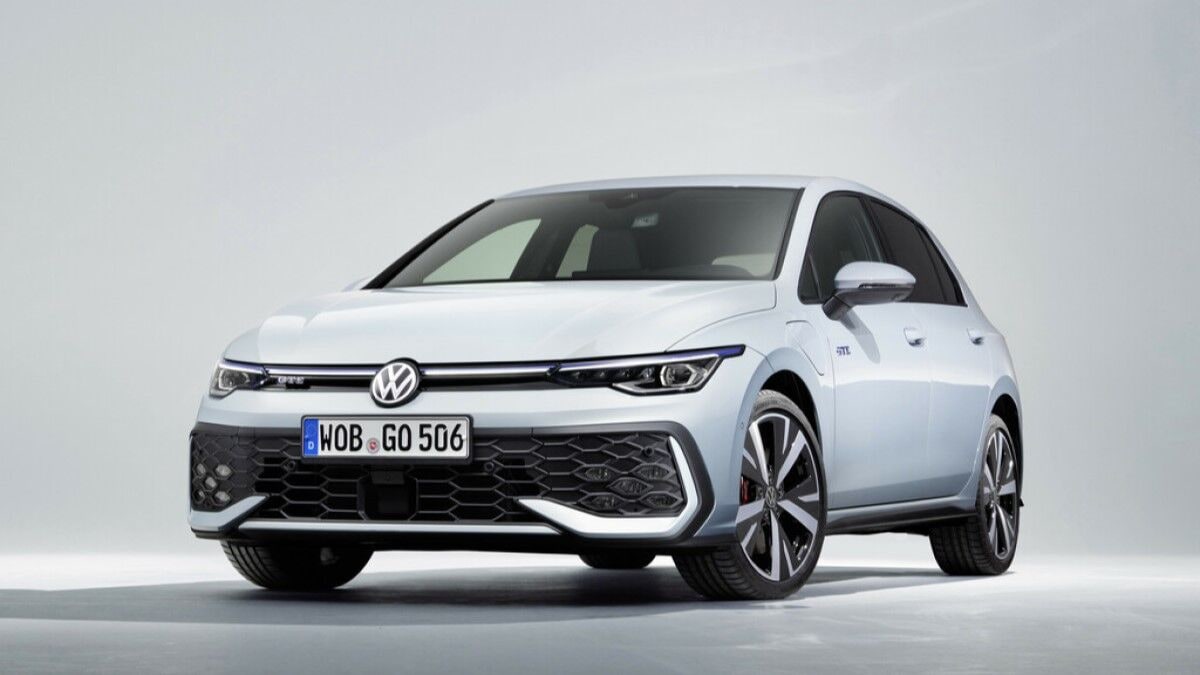Although Ferrari has yet to confirm the official name of the vehicle that will replace its legendary Enzo model, the automaker has lifted the veil on at least a couple of the more prominent elements regarding what is internally known as the F150 project. For openers, this nascent supercar due to launch sometime in 2013, will feature a new carbon fiber monocoque that weighs a mere 154 pounds — 20 percent less than the Enzo’s tub — but has 27 percent greater structural rigidity.
Equally notable, this next ultra-Ferrari’s will be the firm’s first hybrid production model. Its potent powertrain – redesigned for mid-engine applications – has been designated "HY-KERS 2012" to differentiate it from the original HY-KERS package fitted to the front-engine 599 Hybrid Concept shown at Geneva in 2010. However, it also matches a V12 gasoline engine with an electric motor and Kinetic Energy Recovery System derived from the one used in its Formula One racers. While the basic hardware was presented last April at the Beijing Auto Show, the one and only image of it actually mounted in the new chassis turned up last week in the Official Ferrari Magazine.
The photo shows the electronic controller unit positioned atop the car’s compact 7-speed dual-clutch transaxle with its supplemental drive motor located behind the gearbox. Other elements in the HY-KERS 2012 system include a secondary generator/motor at the front of the V12 and a Kevlar-encased lithium-ion battery pack mounted low in the chassis to optimize the center of gravity and weight distribution.
Initially, Ferrari indicated this potent gasoline/electric combination would develop in excess of 800 horsepower, roughly 10 percent more than the conventional 6.3-liter V12 fitted to the Ferrari F12 Berlinetta. However, the latest speculation hints that output figure could be closer to 900 ponies, sufficient to give the car a top speed of 250 mph and still produce nearly 40 percent lower CO2 emissions.









